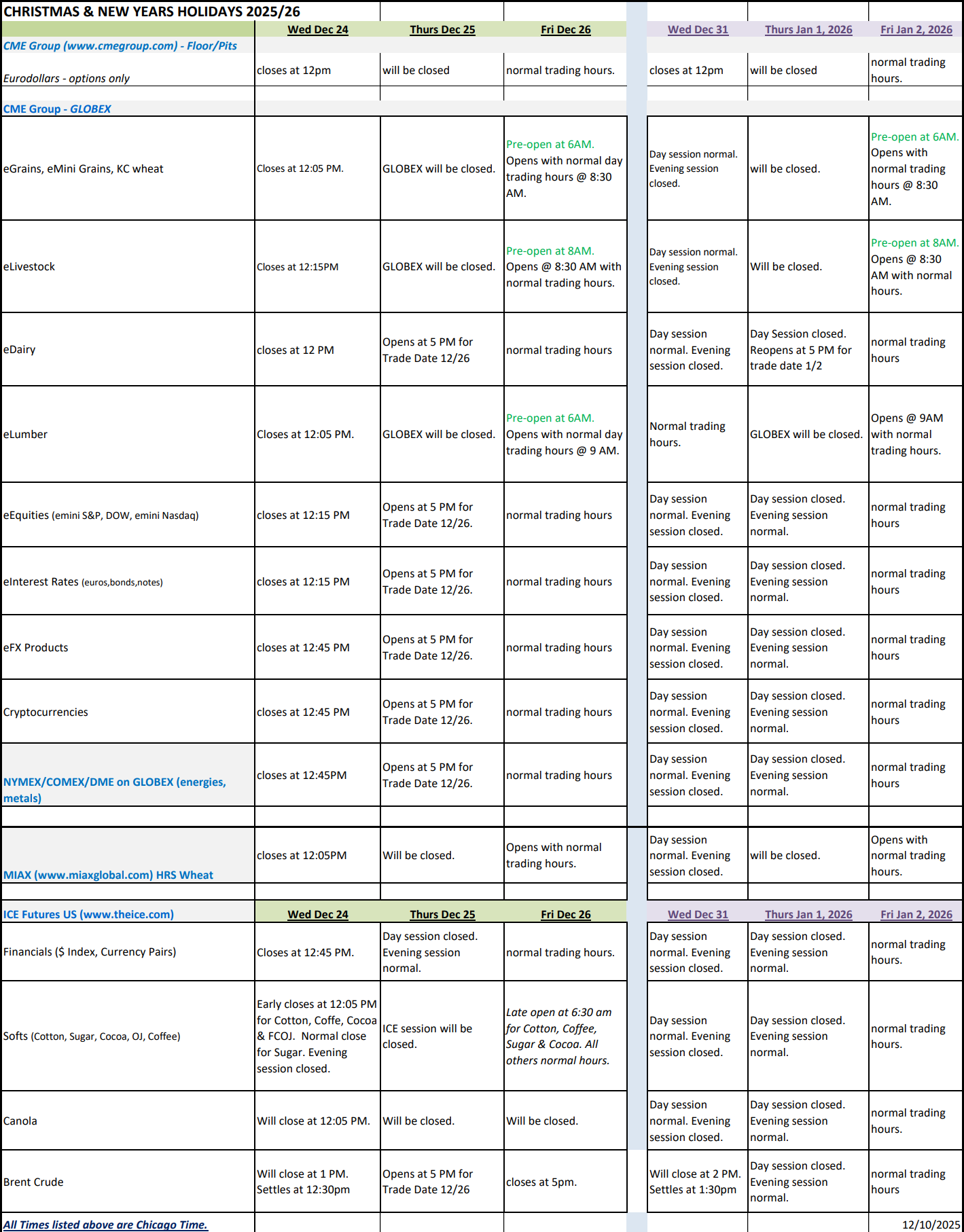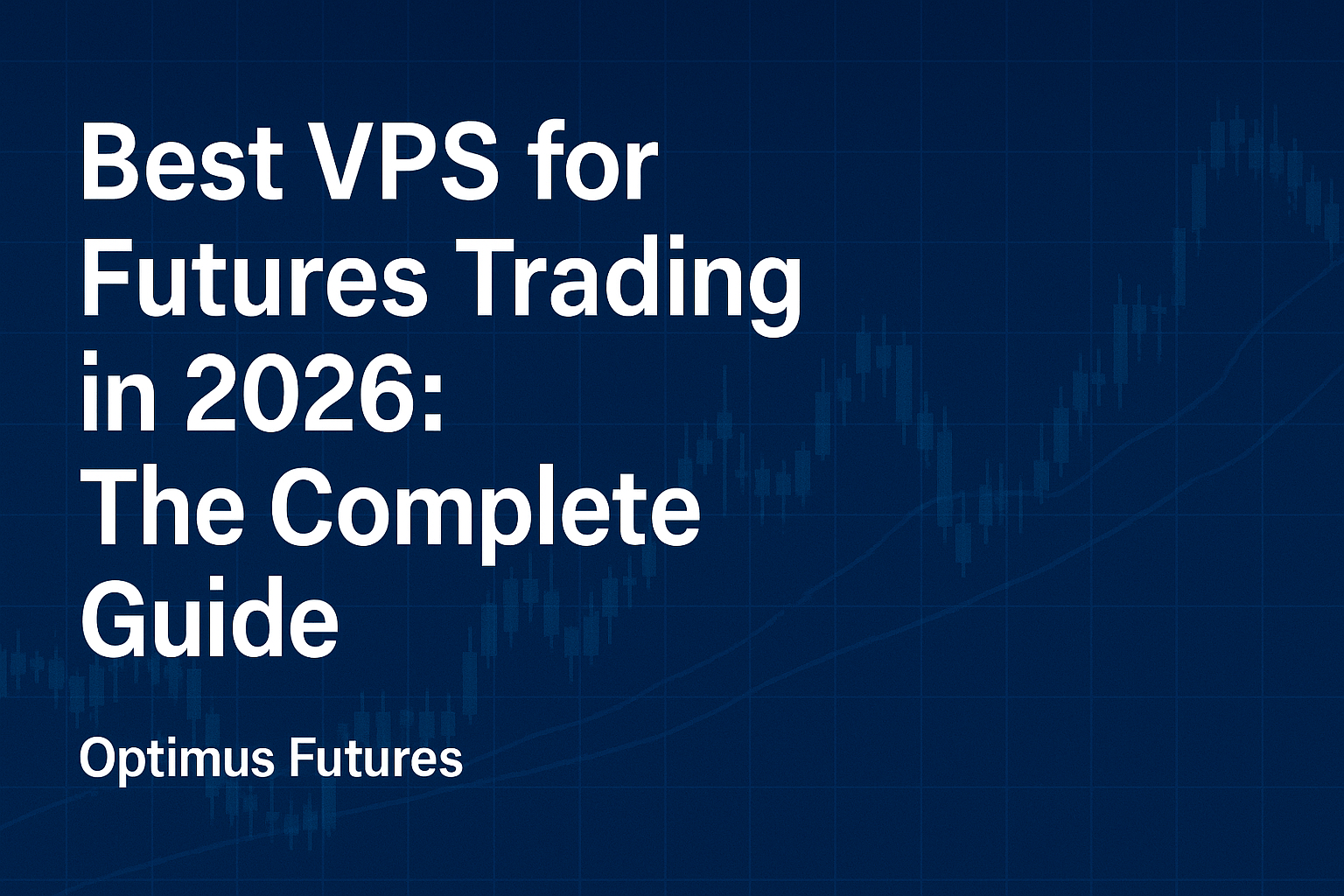The combination of volatile markets in 2008 and the rapid advancement of trading technology opened up new possibilities and an emphasis on the ‘day trader.’ Many amateur traders were drawn in to day trading after hearing unrealistic, although popular, promotional phrases such as ‘daily income’ and ‘don’t wake to disasters.’ However, day trading is not less challenging than the traditional long term strategies, and in fact requires deep analytical skills along with a deep mental focus to translate and filter market noise. Market noise can be thought of as institutional interest that is not related to speculation.
Interestingly enough, the most disturbing trend has been the neglect for traditional technical analysis that has been exercised for over 100 years, and also the general acceptance that traditional technical analysis does not work.
When many make the shift from long term trading to day-trading they often neglect technical analysis. “Isn’t technical analysis for long term trading? Don’t I have to use large time frames, or a 200 day moving average?” No! This isn’t the case. While day traders may allocate much more of their time on price action, volume profile, and other analysis tools, this doesn’t necessarily mean that technical analysis has no benefit for short term trading. Traders should not use the excuse that “technical analysis is lagging’ because technical analysis was never meant to deliver precise entry or exit signals to become profitable.
Let’s review: What is technical analysis?
Technical analysis generally involves looking at the raw price information and other data the exchanges provide. The statistics, calculations, or signals that can be measured from this data aids traders in forming pricing theories or market outlooks.
Simple indicators can provide perspective for how the market is doing compared to other commodities, how pricing for one market can affect another, or even how different instruments correlate with each other. In addition, it can also provide a broader context for day trading, and can provide a larger perspective for automated swing trading systems.
Consider looking at a fast moving average and a slow moving average. Such a simple study is included in almost any charting platform, yet it can provide a basis on which one can easily identify long and short term trends, and even see where they intersect. For long term traders this can provide a metric on which they look to see whether their position’s drawdown is in line with general market conditions, or if it may be unrelated and potentially longer-lasting.
Also consider viewing a pair of Bollinger bands around a moving average. This lets a trader see if a market spike is within the standard deviation or if it’s outside of the norm. Combine this with a volume histogram and now it’s possible to see whether a bullish pricing run was due to a few small traders or if the quantity was significant.
While these statistics and market metrics may seem irrelevant when holding positions for a few minutes, they can assist in gathering a deeper understanding of an instrument’s price action and also allow for a more well-rounded perspective of present pricing.
Similarly we can analyze another popular indicator included on almost every charting platform available: Relative Strength Index. The Relative Strength Index, or RSI, measures the momentum of pricing. The concept behind the RSI is that when the RSI reaches a level of 70, the price is said to be overbought, or the pricing is over-valued. If the RSI reaches a level of 30 the price is said to be oversold, or the pricing is under-valued. Viewing the RSI can let a trader look for instances of divergence between pricing and momentum to measure price strength.
Moving averages, Bollinger bands, and the RSI are just a few of the many technical indicators that can provide additional perspective on the markets in combination with fundamentals, news, and other methods. Such studies are included on just about every modern platform for market analysis.
In conclusion, don’t neglect longer term view for your day trading context and the traditional technical analysis tools that help you evaluate longer term trends and overbought/sold conditions.
There is a substantial risk of loss in futures trading. Past performance is not indicative of future results.
FMZ-PM-141217



